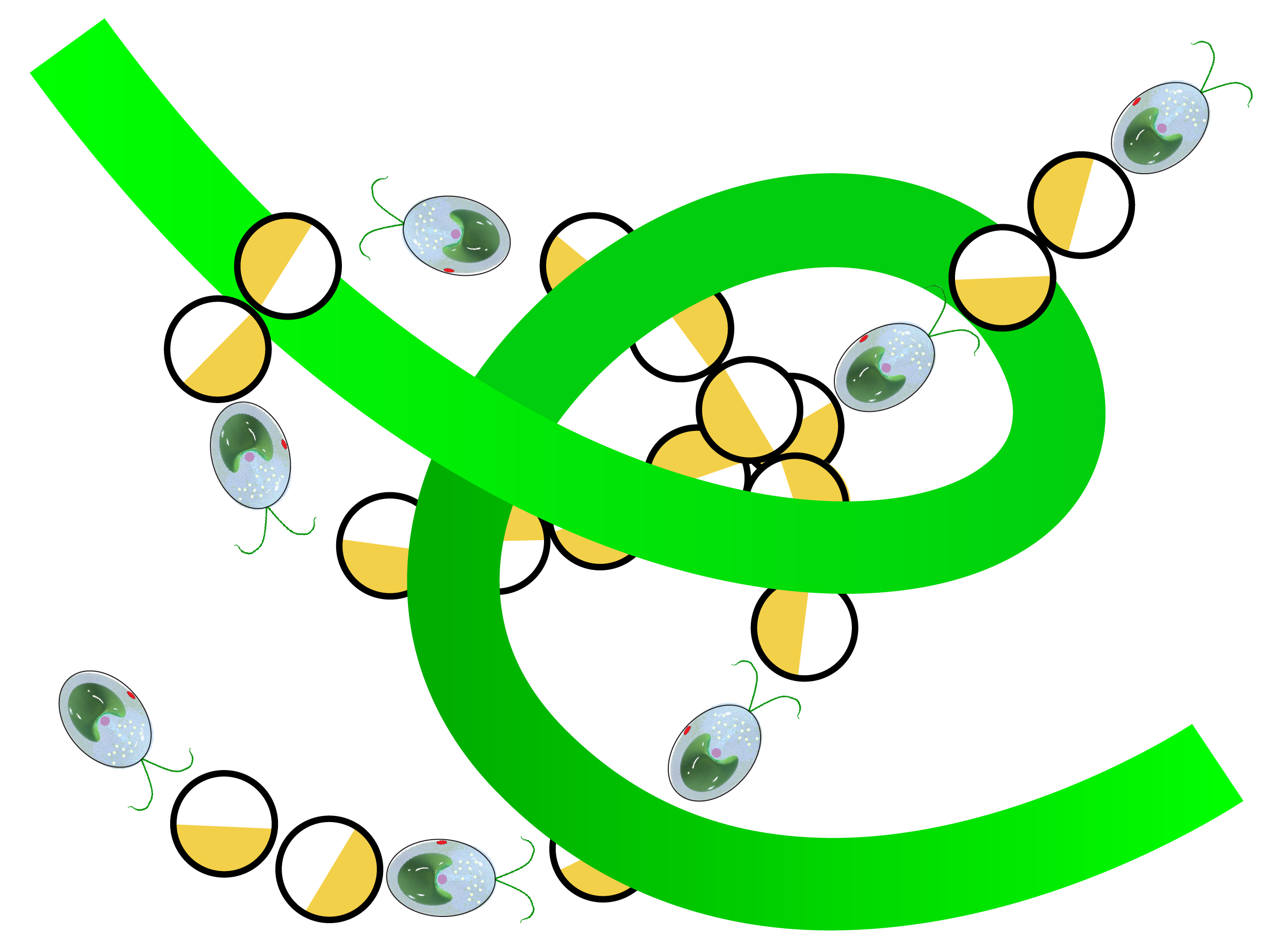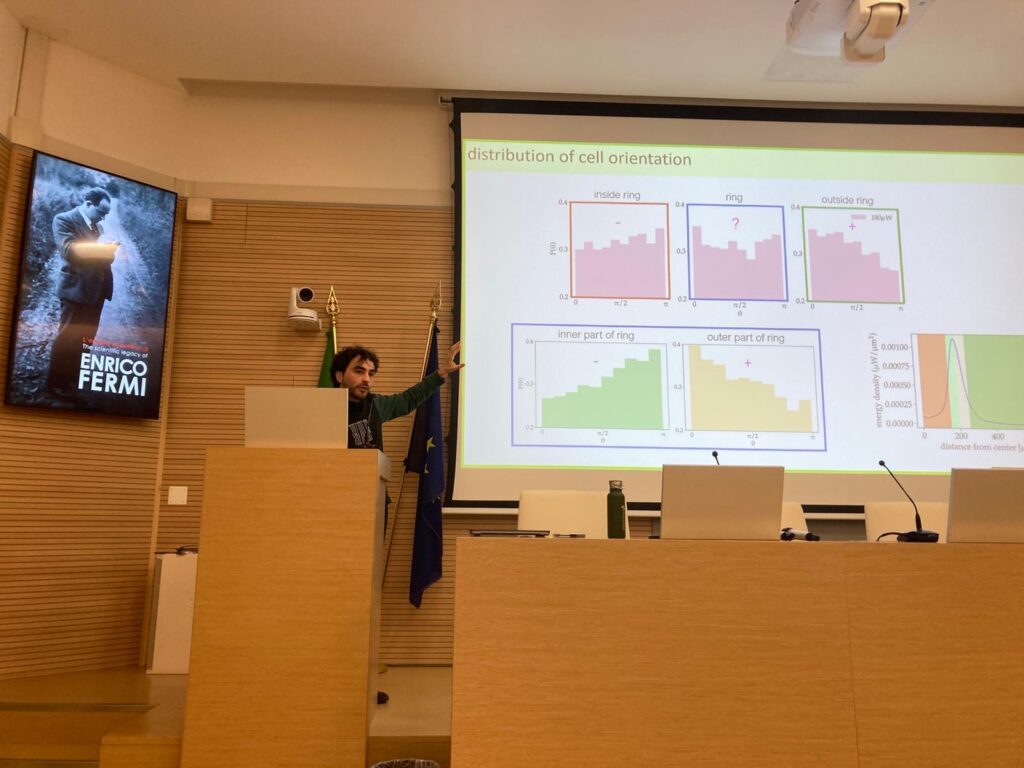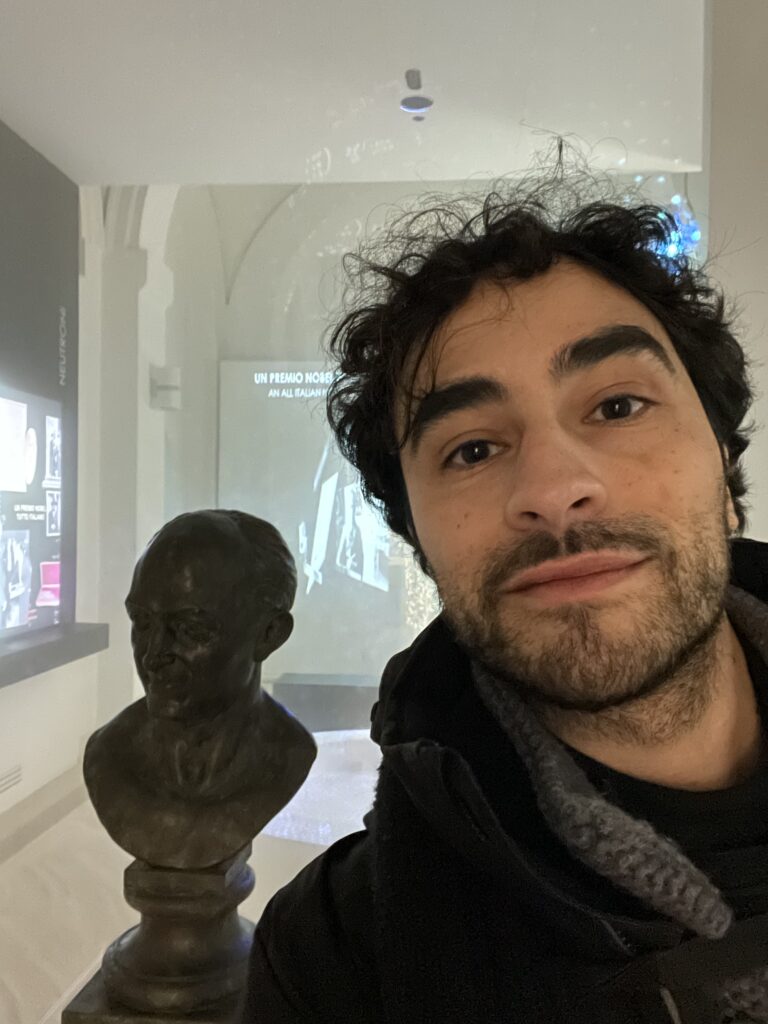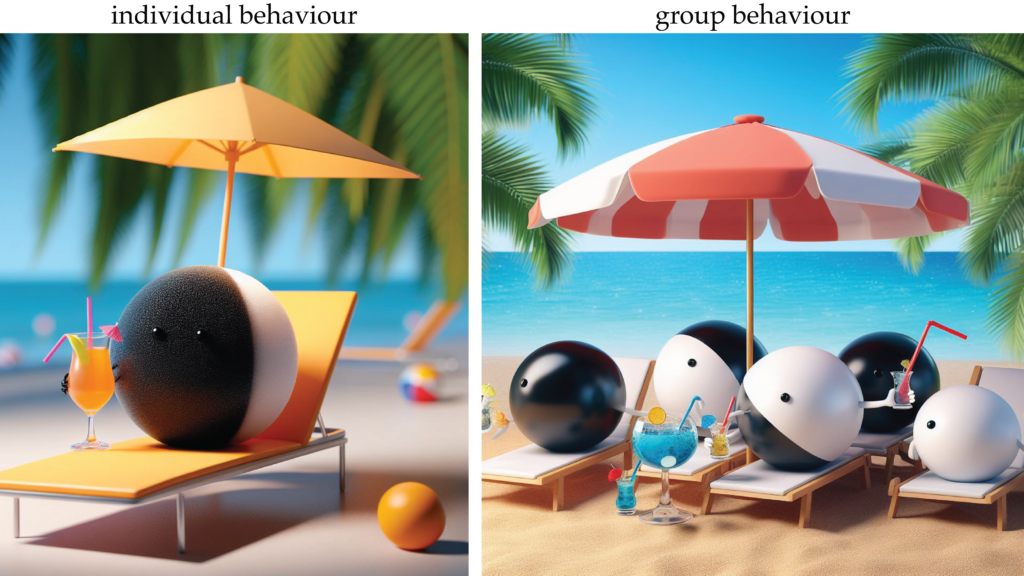
News, informative summaries of my publications, and announcements will be posted and archived on this page. More can be found also on my Twitter or Bluesky account.
image credits
the cover image was made by Antonio Lento. You can find more about his work here.
-
on air: catch my interview about my future research at Unical
Check out my interview on TGR Leonardo—the Italian science news program—about the research that I’ll be starting at the Università della Calabria (subtitles generated with AI). ☀️
🔬more about my research and the project can be found on this website
🇮🇹 for the original video in Italian: https://www.rainews.it/tgr/piemonte/video/2025/04/gianni-iacucci-unical-voci-ricerca-16860959-321d-4e60-b42f-70096e25f7c8.html -
ENTWINE project funded!

I have been awarded the Italian FIS2 grant (~€1.4M) for the project ENTWINE: Active Synergy Between Light and Matter. This project, starting in 2025, will allow me to establish my lab at the University of Calabria.I will soon be opening PhD and postdoctoral positions—feel free to get in touch if you’re interested in joining the group!
more on the project
my research group will focus on studying the interaction of light with microscopic objects, both synthetic (active colloids) and biological (microalgae). Our goal is to explore fundamental questions in living matter while harnessing out-of-equilibrium dynamics to create optical materials with tunable properties and develop innovative computational platforms.
You can find more details on the Research page of this website. If you have a background in physics, biology, or materials science—or are simply passionate about these topics—contact me to know more! Both experimental and numerical/theoretical background are welcome.
more on the University of Calabria
the University of Calabria (Unical) is located in Cosenza, a city in southern Italy, less than an hour from both the sea and ski slopes. Unical has been recognised by the European Union as a Centre of Excellence in Research, a prestigious award for outstanding human resource development in the scientific field. According to CENSIS—one of Italy’s most reputable ranking institutes—Unical ranks 1st among large universities (20,000–40,000 students) in terms of course quality and student services. The Physics Department offers state-of-the-art infrastructure for both experimental physics and numerical studies.
image credits
the top page illustration was made by Nicolò Mingolini. Examples of his work can be found here.
-
visit at Enrico Fermi Research Center
I had fun in presenting my research at the CREF institute in Via Panisperna. A big thanks goes to Romolo Savo for inviting me, you can check his research here.

Still not over giving my talk under a banner that read “The Scientific Legacy of Enrico Fermi”. Undeserved? Slightly.
to see Enrico’s reaction

joking aside, in the Institute you can also find a very nice museum about Fermi’s life and his research in Via Panisperna
-
active colloids in optical fields is now published (@CommunicationsPhysics)
All the details on our work on active colloids in optical environments can be found on Communications Physics. More details can be found both on the previous News but also on the Research page of this website!
-
active colloids in optical fields (@arXiv)

Our study of the group behaviour of active colloids is now on arXiv!
Taking inspiration from sci-fi movies (well, sort of), we thought of using light to create holographic “cities” in which the colloids can navigate. But will the colloids perceive these holograms as real?
if you want to know more:
And, surprise surprise, they do! You can see from this video that an active colloid moves in a hologram, following the dark regions between light spots. It’s a bit like when you move from one beach umbrella to another to avoid getting sunburnt:
If you now take many active colloids, they are likely to meet in the ‘shadows’. But wait, there is no space for everyone! Therefore, compared to a scenario with homogeneous lighting (where light is consistent and not too intense everywhere), smaller but more stable groups form.
Don’t forget to check the paper out, and you can always find more on the Research page of this website!